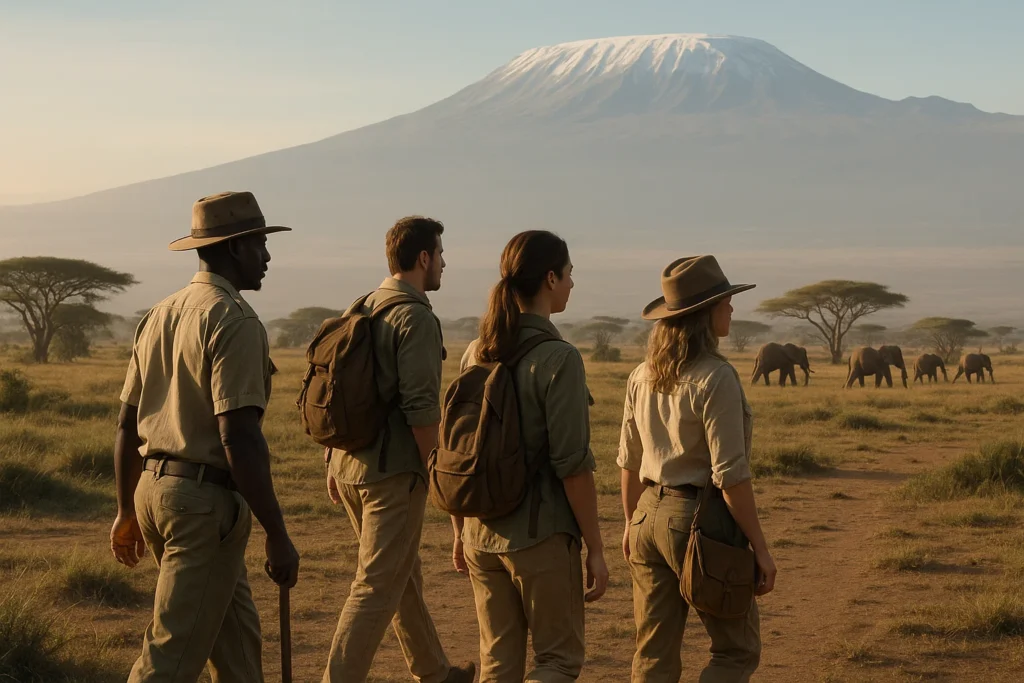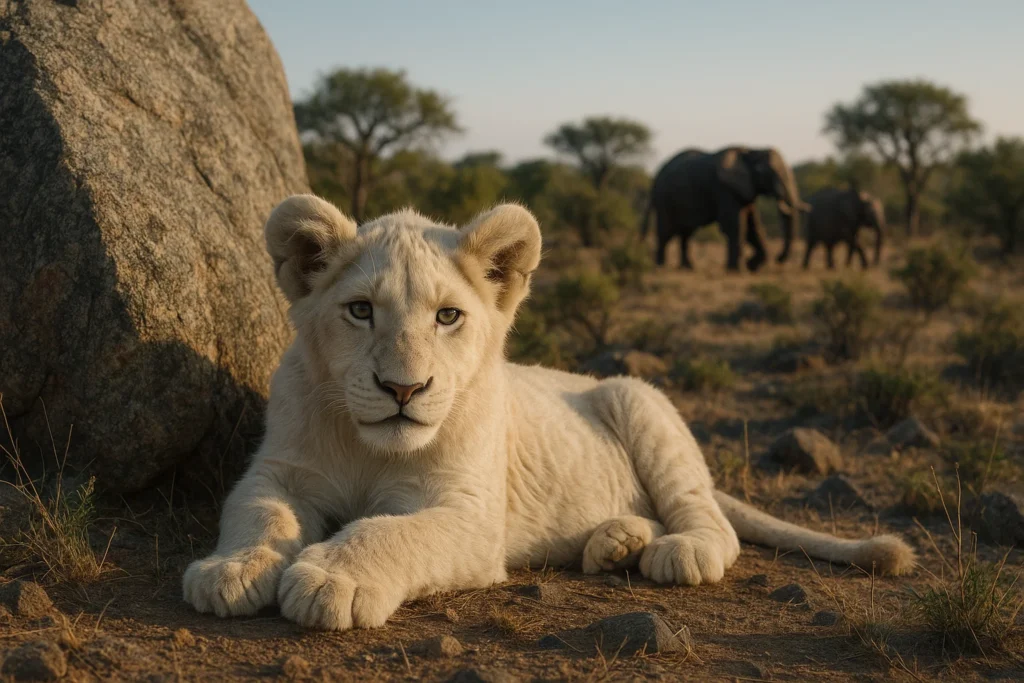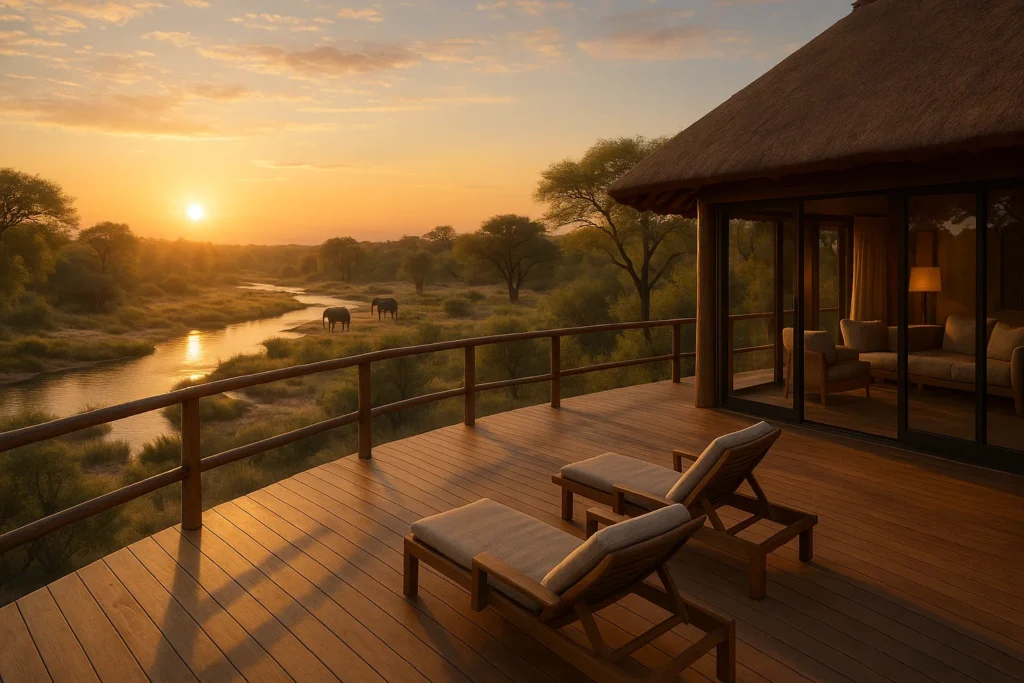For active travelers looking to connect more intimately with the African wilderness, a walking safari offers a unique, slower-paced perspective. While Amboseli National Park itself restricts walking safaris for safety reasons, the surrounding private conservancies and community group ranches open up excellent opportunities for exploring the land on foot.
What is a walking safari near Amboseli?
Walking safaris around Amboseli typically take place outside the national park boundaries, in:
- Private concessions (e.g. Tortilis Camp area)
- Community-owned group ranches
- Conservancies (e.g. Selenkay Conservancy)
These areas have fewer regulations than the park itself, allowing guests to step out of the vehicle and into the bush with a trained guide. Walks vary from short interpretive strolls to longer bush treks.
What you can expect to see and experience
- Footprint tracking and identifying animal spoor
- Birdwatching and spotting small mammals
- Up-close exploration of plants, insects, and terrain
- Cultural insights from Maasai guides
- Elephants and antelope sightings (at a safe distance)
- Learning about medicinal plants and traditional bushcraft
Pros and cons of walking safaris
| Pros | Cons |
|---|---|
| Immersive, sensory-rich experience | Not suitable for all fitness levels |
| Greater focus on detail, ecology, and culture | Less likely to see predators or large herds up close |
| Smaller environmental footprint | Restricted to certain areas outside the park |
| Guided by knowledgeable local trackers | Often costs extra or is lodge-specific |
When walking safaris make the most sense
- You’re staying in a lodge with access to a private conservancy
- You enjoy active travel and hiking in natural environments
- You’ve already done game drives and want something different
- You’re visiting during the dry season, when trails are easier to walk
Lodges and areas offering walking safaris
Tortilis Camp
Located just outside the park, this lodge offers guided bush walks in its private concession.
Angama Amboseli
A luxury lodge offering walking safaris, cultural experiences, and game drives in a private concession area.
Porini Amboseli Camp (Selenkay Conservancy)
Offers authentic walking safaris led by Maasai warriors with excellent wildlife interpretation.
How to prepare for a walking safari
- Wear neutral-colored, breathable clothing
- Use sturdy hiking boots or closed shoes
- Bring a hat, sunscreen, insect repellent, and a reusable water bottle
- Carry binoculars and a light camera setup
- Follow all instructions from your guide
Are walking safaris near Amboseli worth it?
Yes, especially if you value a more tactile, grounded experience. While you won’t get the same volume of wildlife sightings as on a game drive, walking safaris offer deeper connection — with nature, culture, and yourself. They’re a rewarding complement to traditional safaris.
Conclusion
Walking safaris near Amboseli offer something rare: the chance to slow down and truly engage with the landscape, guided by those who know it best. They may not be for everyone, but for active and curious travelers, they can become the most memorable part of a Kenyan adventure.
FAQs
Not generally. Walking is restricted to protect both visitors and wildlife. Most walking experiences are outside the park.
Yes, when led by experienced, armed guides trained to handle wildlife encounters.
Typically 1 to 3 hours, depending on your fitness level and interests.
Possibly. Elephants and antelope are commonly seen from a safe distance. Predator encounters are rare.
Comfortable walking shoes, hat, sunscreen, water bottle, binoculars, and insect repellent.
Yes, many walks can be tailored to children, especially shorter educational ones.






